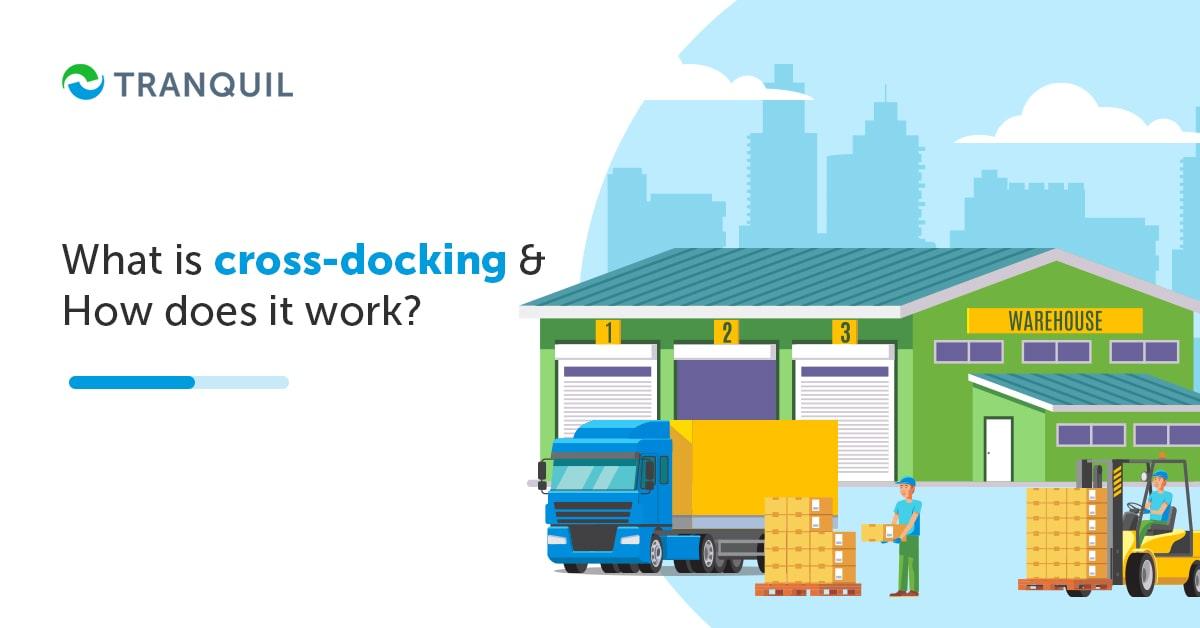
The supply chain in modern business is of prime importance for a variety of reasons.
For businesses to succeed, they need their supply chain to be agile, quick, and productive.
One of the strategies that can be implemented by organizations to gain a competitive edge, is cross docking.
If followed correctly and in the correct circumstances, it can increase efficiency and reduce the time taken for handling.
ALSO READ: Ways to Improve the Procurement Process
The storage component is effectively removed in the supply chain when cross-docking is implemented.
Cross docking in supply chain is a procedure whereby products from the manufacturing facility or supplier warehouse straight to a retail chain or customer, with the goods spending hardly any time lying in the warehouse.
Cross docking happens in a docking terminal; here there are trucks and dock doors on inbound and outbound sides with nominal space for storage.
Products are unloaded from trucks or trains and almost immediately loaded onto trucks or trains, headed for the end-user: the retail store/chain or customers.
If many shipments are headed for the same destination, fewer transport vehicles will be required; large shipments can be put in smaller groups.
In both cases, you have a more efficient and leaner supply chain.
The term cross docking refers to the process where goods are received via the inbound dock and sent across to the outbound dock.
ALSO READ: Guide on ERP Software in Warehouse
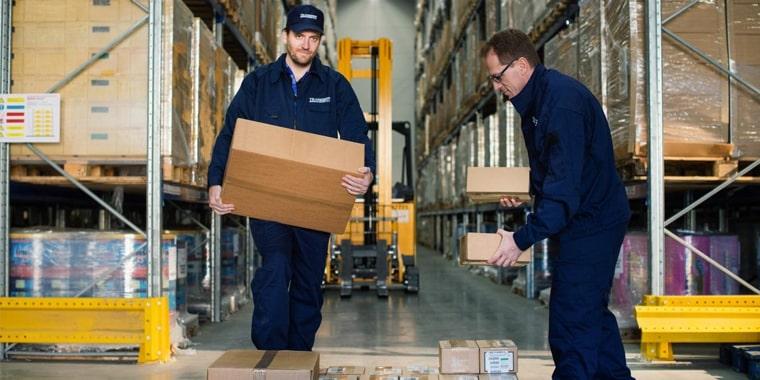
To put it simply, goods come via trucks or trains and are assigned to the inbound side of the cross dock terminal at the receiving or incoming dock.
After docking the inbound transport, the goods can be sent to the outbound destinations directly or indirectly.
Employees may unload, sort, and examine the goods to determine their destinations, and after that, these goods are sent to the outbound cross dock terminal.
Conveyor belts, forklifts, pallet trucks, etc. are generally used to move them to the outbound dock.
There they are loaded onto trucks or trains and sent off on their way to the customers.
While it’s not a complex process, it’s not very easy either.
The process has to be carried out in an organized and precise manner.
You can decide which products you want to handle the traditional way, and which ones you want to cross dock.
You can be in full control if you own the cross docking warehouse as well.
If your warehousing and shipping is outsourced, you can discuss cross docking implementation with your provider.
ALSO READ: What is Dead Stock?
It is important to distinguish between cross docking and drop shipping.
Both are methods that help you prevent inventory from lying in your warehouses.
In dropshipping, the items are sold directly from your supplier to your customer, and you don’t come into the picture – you merely facilitate the sale.
In cross-docking, the products are first sent to your warehouse, where it is sorted and repacked, and sent out immediately to your customers.
Dropshipping is immensely popular as no inventory holding cost or physical counts are incurred by anyone.
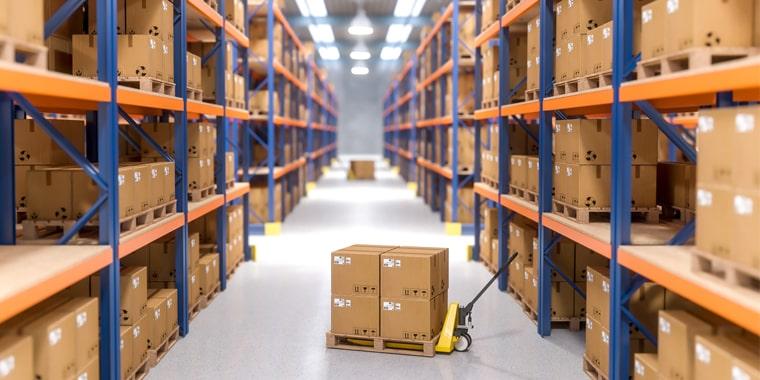
There are two main types of cross docking – pre-distribution, and post-distribution.
In pre-distribution, the customer is known or identified before the products are released by the supplier, and after the goods are received at the inbound dock, they are organized and repacked as per instructions received beforehand.
In post-distribution, the goods are sorted at the facility or warehouse, customers are determined at the cross-docking facility, depending on demand.
In this method, the products may stay a little longer in the facility; however, it is beneficial from the sellers’ viewpoint as they are able to make more informed choices about the destination for their goods based on sales forecasts, inventory in stores, POS trends, etc.
ALSO READ: How Does Landed Cost Affect the Cost of Inventory?
Cross docking does help in having a leaner supply chain, but it may not be suitable for every business or warehouse.
It is essential that you study the costs, productivity factors, how satisfied or not your customers are, and how it will change for your business before you make a decision.
Cross docking is especially useful for products with temperature control, perishables, goods that are already sorted and packed, and so on.
Here you can speed up the supply chain and distribution process and make it more efficient with cross docking.
Cross docking is particularly useful for businesses with high inventory turnover rates, like pharmaceuticals, fashion industry, food,
ALSO READ: What are Backorders and How to Manage or Avoid Them?
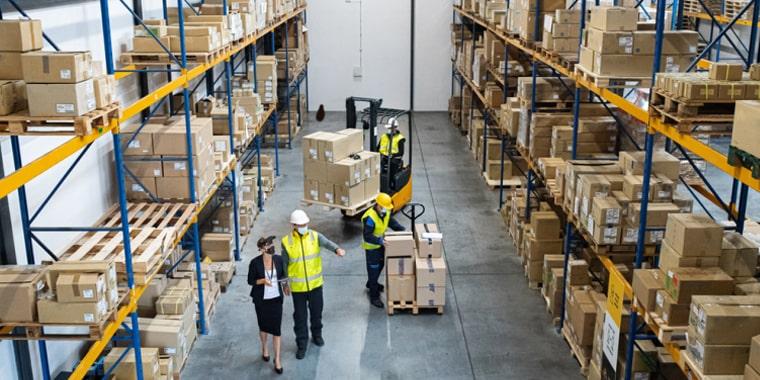
ALSO READ: Top Tips For Efficient Stocktaking
Like everything else, while cross-docking offers several benefits, it does have its drawbacks. Let’s see what they are:
ALSO READ: Comparison of Sales Orders and Purchase Orders
We have seen the pros and cons of cross-docking above, and from that, we can conclude that for cross-docking to work and give you the benefits you need, you need to streamline your transport, unloading, and loading processes, have sophisticated tech, a high inventory turnover rate, and be very organized and precise.
If you have the capability to do this, or you have a reliable third-party logistics company that can provide this facility, then you will definitely benefit from cross docking.
But in the event you are not able to do so, a traditional warehouse approach may be the best bet for you.
ALSO READ: A Detailed Guide to Batch Tracking
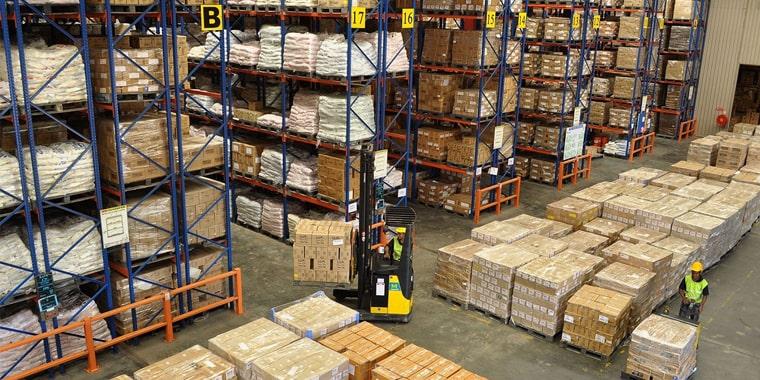
If cross-docking is not suitable for your business and your products, then, of course, you need to go the traditional method of stocking goods in your warehouse till they are sold.
It would be wise in such a case to invest in a robust inventory management system with other integrated tools that will help you run your business effectively and spur your growth onwards.
Tranquil ERP is a cloud-based inventory system that will help you do this and a whole lot more.
You can streamline all your processes like procurement, manufacturing, finance, HR and payroll, along with inventory management.
You can get real-time data about inventory levels, generate reports for better forecasting, and even configure the system to send out orders automatically when stocks become low.
Unsure of how it will help your business? Schedule a demo with us to know more. Our team will be present to answer all your queries.